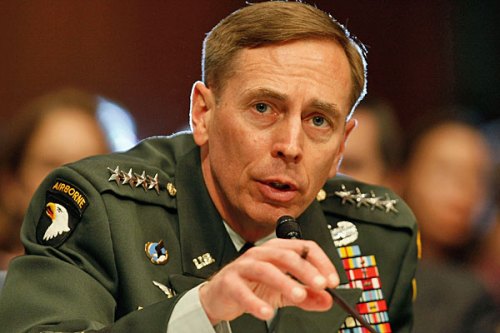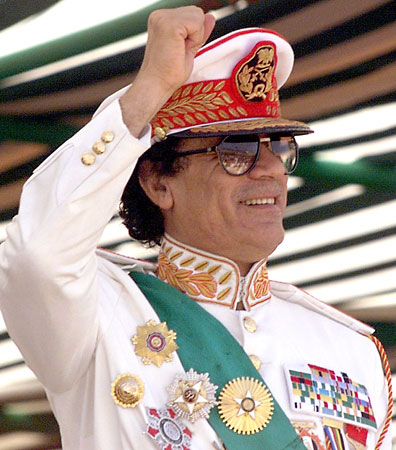
Elmer Ellsworth Tunic
The New York Historical Society is hosting an exhibit, “Lincoln and New York,” through March 25, 2010 which is worth a look, if you’re in the neighborhood. The NYHS is right across the street from Central Park at 170 Central Park West between 76th & 77th Street. You can learn a lot of interesting stuff about Lincoln’s visit and speech at the Cooper Union which allowed Lincoln to break through to a national audience. Upstate New York voted for Lincoln but not so Manhattan, where wealthy merchants treasured their trade with the South and liberal Irish immigrants opposed him.
The exhibit features the original handwritten letter from Lincoln to Horace Greeley, Republican editor of the New York Tribune, that emphasized Lincoln’s paramount aim was to save the Union. If he could save the Union by freeing all the slaves, he would do that. If he could save the Union by not freeing any slaves, he would do that. And if he could do it by freeing some and leaving others in slavery, he would do that, too. I read the whole letter and found Lincoln had terrible penmanship.
Colonel Ephraim Elmer Ellsworth was a New Yorker who went to Chicago to form a drill unit of National Guard volunteers which he dressed in Zouave uniforms, very snazzy for the times, calling them the Rockford City Greys. He took the Greys all over the North for drill demonstrations, then took a leave to work with Lincoln in Springfield for his campaign in 1860, becaming close friends with Lincoln. Lincoln’s secretary, John Hay, said “Lincoln loved him like a younger brother.” Lincoln’s kids loved Ellsworth, too.
On May 24, 1861, the day after Virginia’s seccession from the Union, troops were sent across the river from the White House to capture Alexandria, VA, including a New York regiment commanded by Colonel Ellsworth. He had written to his fiancee back in Rockford, IL the night before, “My own darling Kitty, if anything should happen, the only thing I can leave you — the highest happiness I looked for on earth was a union with you.”
There was a large rebel flag flying from the Marshall House, a hotel on King Street in Alexandria, a flag that President and Mrs. Lincoln could see from the White House with a telescope. Colonel Ellsworth took it down and was descending the stairs, flag in arm, when he came across the hotel owner, James W. Jackson, on the third floor landing. Jackson raised his double barrelled shotgun to fire, but Corporal Francis E. Brownell batted it away with his musket. Jackson’s first shot hit Ellsworth dead in the chest followed by a second shot at Brownell that missed. Brownell returned fire and hit Jackson, then bayonetted his body until it tumbled down the stairs.
Ellsworth lay dead on top of the bloody Confederate flag, the first casualty of the Civil War. A medal on his uniform had been blown into his chest by the force of the blast. His death brought the North into a state of mourning, with bells tolling and flags lowered to half staff. Lincoln, in particular, was grief-stricken to see his friend’s body, ordering an honor guard to bring it to the White House to lay in state. He was only 24 years old.
The President burst into tears at the news of the Union’s first war casualty among a company of Senators, “Excuse me but I cannot talk. I will make no apology, gentlemen, for my weakness but I knew Ellsworth well, and held him in great regard.” The Lincolns both went to the Navy Yard to view Ellsworth’s body, where the President exclaimed, “My boy! My boy! Was it necessary this sacrifice should be!” Lincoln wrote to Ellsworth’s parents, “In the untimely loss of your noble son, our affliction here, is scarcely less than your own. … In the hope that it may be no intrusion upon the sacredness of your sorrow, I have ventured to address this tribute to the memory of my young friend, and your brave and early fallen child. May God give you that consolation which is beyond all earthly power.” Lincoln put Ellsworth’s father on the payroll of the Department of War.
After the funeral, Ellsworth was taken to his native New York where he laid in state at City Hall. Thousands of mourners paid their respects. Colonel Ellsworth was taken by train to his hometown of Mechanicsville, New York, where he was laid to rest in a grave overlooking the Hudson. A cult arose that expressed itself in poems, songs, sermons, and memorial envelopes mourning his loss. Parents named their babies after him. Towns and streets were named for him.
The flag which Ellsworth had died to remove was given to Mrs. Lincoln. Its memory disturbed her and she placed it in a drawer from which Tad Lincoln retrieved it. Occasionally, he would take it out and wave it on official occasions. Once, “when the President was reviewing some troops from the portico of the White House, Tad sneaked this flag out and waved it back of the President, who stood with a flag in his hands. The sight of a rebel flag on such an occasion caused some commotion, and when the President saw what was happening he pinioned his bad boy and the flag in his strong arms and handed them together to an orderly, who carried the offenders within,” wrote Julia Taft.
Bits of Ellsworth’s flag became holy relics. In 1894, Brownell’s widow sold small pieces of the flag for $10 and $15 each. Most of the flag would up at the The New York State Military Museum. The Veterans Research Center in Saratoga Springs has some of the flag and Ellsworth’s uniform, showing the hole from the fatal shot.
The Marshall House stood on the corner of King and South Pitt streets. It was torn down in the 1950’s. It has been replaced by the Hotel Monaco, which bears a plaque at the corner commemorating the death of James W. Jackson, killed “for defending his property,” but makes no mention of his shotgun slaying of Colonel Ellsworth. Artifacts collected during the construction process were preserved by local archeologists and may be seen in the Old Torpedo Factory’s third floor exhibit (the Alexandria Archaeology Museum), three blocks away on King Street









